Multiple clean energy megatrends are converging: exponential growth in deployed solar and storage capacity, along with a rapid drop in storage prices that is making batteries cost-competitive. These shifts are transforming what’s possible for developers, utilities, and grid operators, not only in scaling renewable energy, but also in how and when to integrate storage.
A prime example is the $6 billion solar-plus-storage project underway in Abu Dhabi, which aims to deliver a consistent 1 GW of solar power 24 hours a day by combining 5 GW of solar modules with 19 GWh of energy storage.
That momentum is now drawing scrutiny from researchers asking when it makes the most financial sense to attach batteries to the world’s fast-growing base of solar power, now estimated at over two terawatts globally. Their modeling suggests the United States has entered a favorable stretch of the storage cost curve, where the net present value of adding batteries has risen sharply since 2022, reaching strong returns around 2027 and peaking in the early 2030s. The forecast reflects both declining costs and the impact of the federal 30% investment tax credit.
In key markets, the researchers found that retrofitting batteries to a solar plant could boost revenue by 29% to 81%.
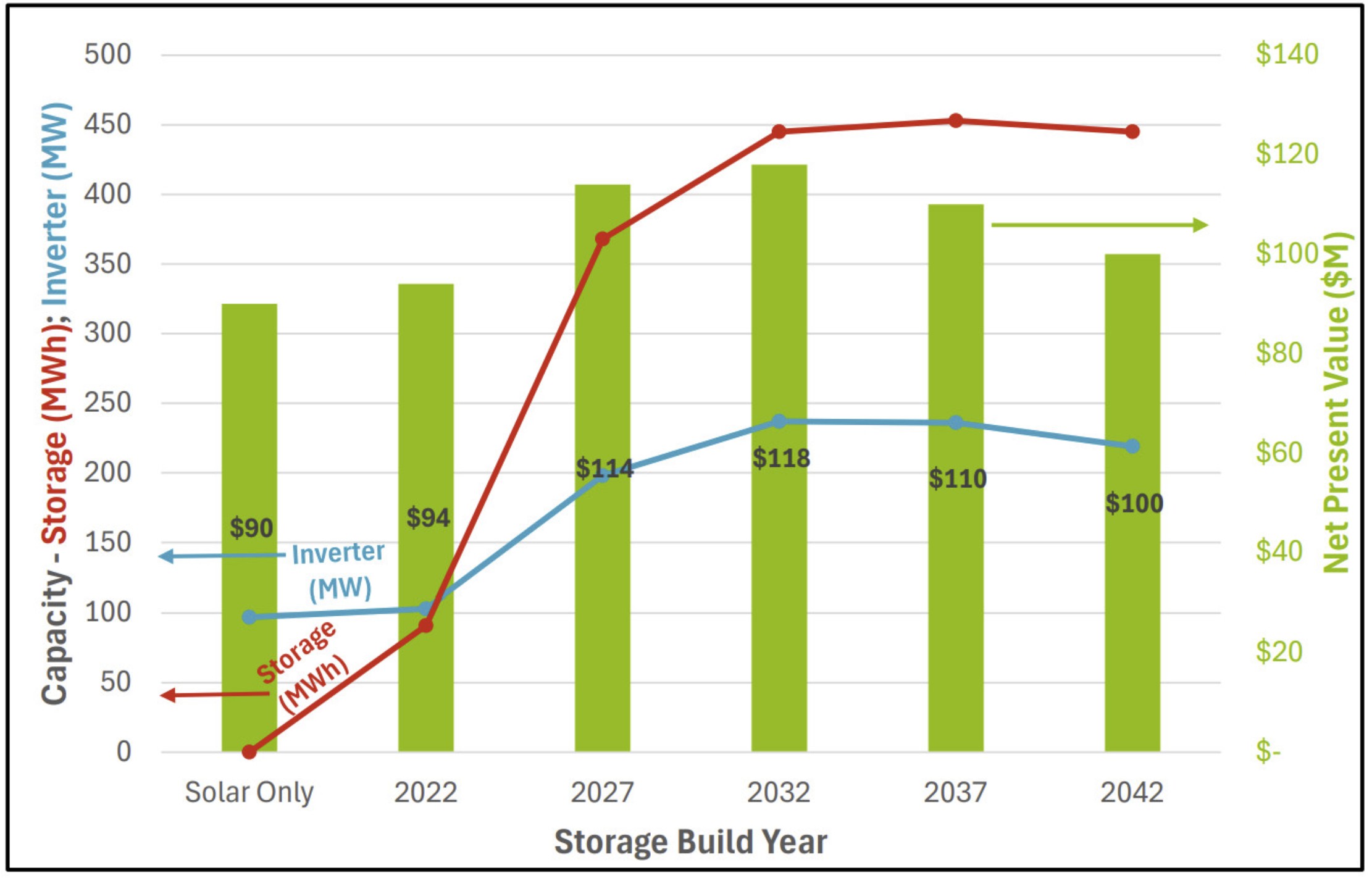
In The Optimal Timing of Storage Additions to Solar Power Plants, authors Aiden Hughes, Jarred King, and Dr. Eric Hittinger examine whether solar power facilities built in 2022 should include infrastructure that allows for cost-effective battery retrofits in the future. Their analysis shows that, beginning in 2027, storage pricing is expected to reach a point where most solar plants will benefit financially from battery additions. The results suggest that early investment in enabling hardware is likely to pay off.
The study also notes that while battery costs are expected to continue falling, the financial upside of retrofitting peaks in 2032, just before the scheduled expiration of the 30% U.S. energy storage tax credit.
Hittinger wrote on Bluesky that the chart above illustrates how net present value and system sizing shift depending on when storage is added:
“We generally find that 5-10 yrs from now seems to be the optimal time to add batteries, and that a lot more batteries are added to our solar plant if we wait some time for the addition. The figure here, for CAISO, shows NPV and inverter/battery quantity if we ‘force’ certain years for the additions.”
The paper notes that optimal retrofit timing varies by market, depending on local price signals, policy environments, and project constraints. In California, developers have already embraced solar-plus-storage at utility scale, making it the default model for new projects. Nationally, solar, storage, and hybrid systems now dominate interconnection queues, signaling that battery-paired solar is becoming the industry norm.
The model accounts for factors such as battery costs, initial inverter sizing, solar capacity and cost, regional generation profiles, and local electricity pricing.
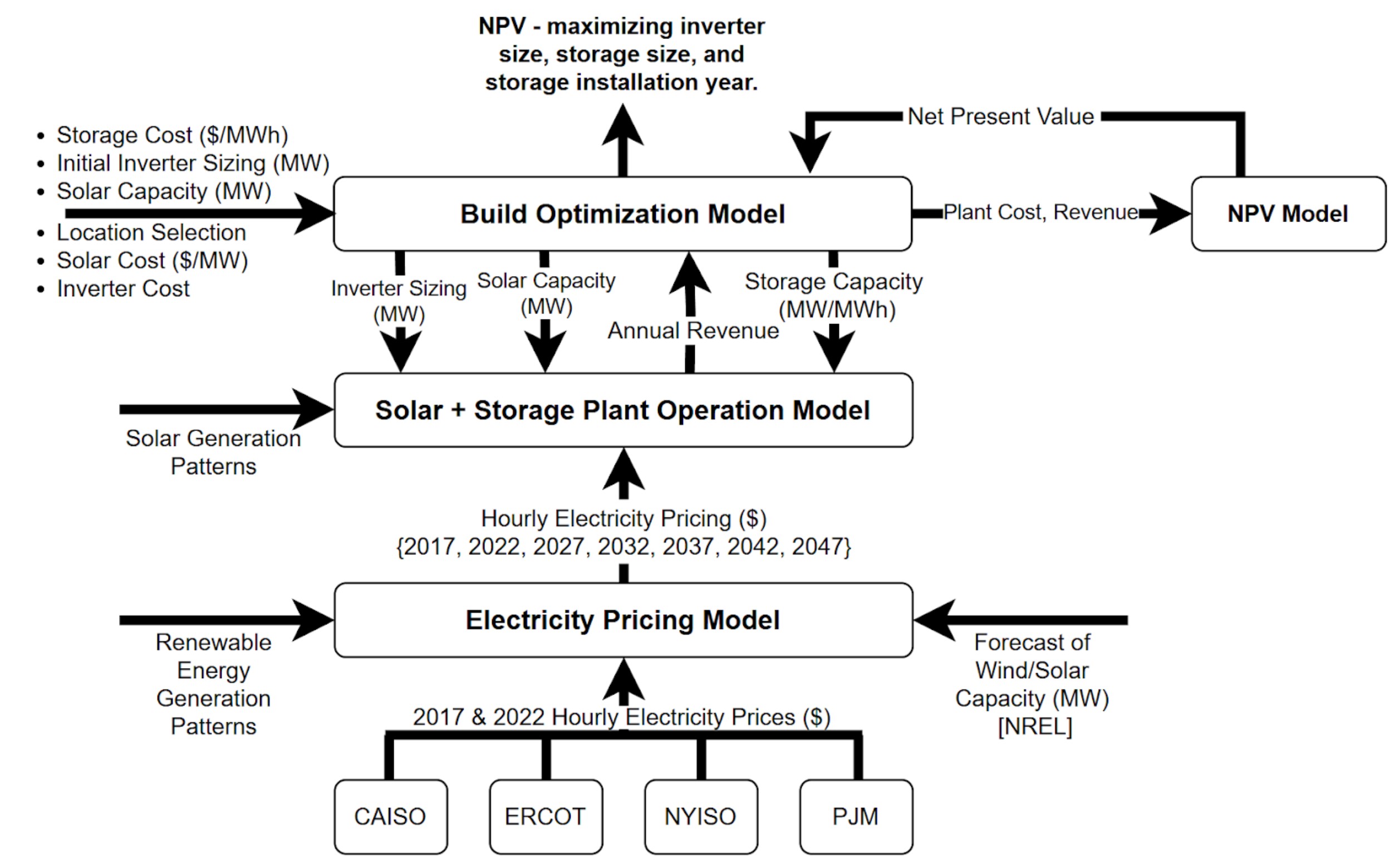
One of the model’s more compelling findings is the value in expanding interconnection capacity, not just to match solar output, but to allow batteries to deliver power during peak-price periods. This mirrors how gas peakers earn revenue during demand spikes. In California, grid-connected batteries are already tapping into this opportunity.
However, securing additional interconnection capacity is often more difficult and expensive than adding physical hardware. In some cases, additional capacity may not be available at all.
This analysis arrives as solar deployment continues to accelerate globally. Installations reached nearly 600 GW in 2024, and projections suggest annual deployment could hit 1 TW as soon as 2026. Planning for energy storage retrofits today is increasingly seen as a low-cost hedge against expensive or infeasible upgrades and lost revenue. In some cases, failure to accommodate storage from the start could result in curtailed generation and no revenue at all.
This content is protected by copyright and may not be reused. If you want to cooperate with us and would like to reuse some of our content, please contact: editors@pv-magazine.com.
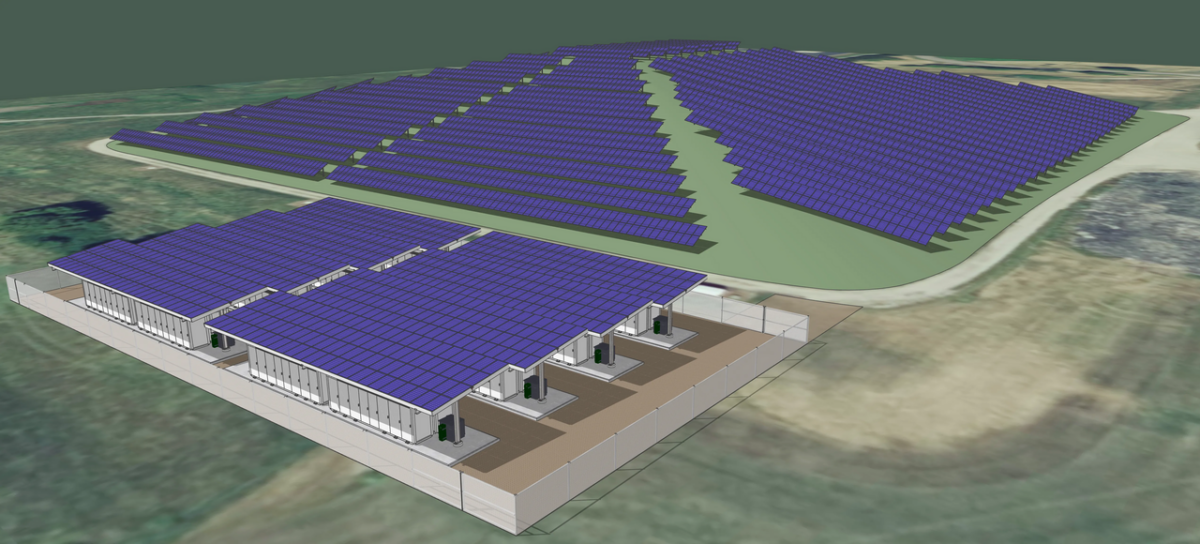
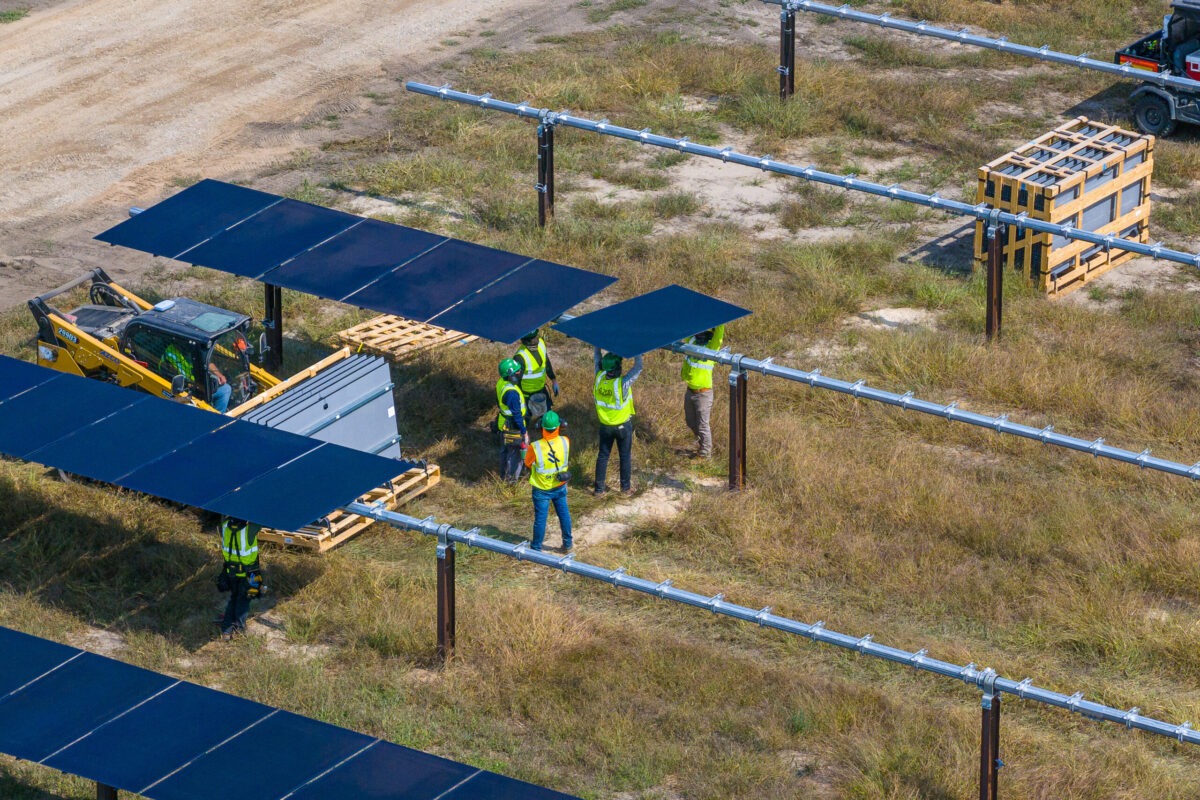

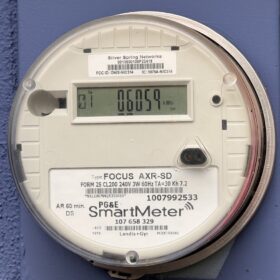

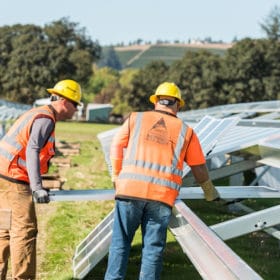
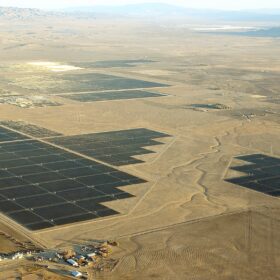
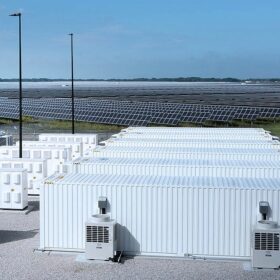
By submitting this form you agree to pv magazine using your data for the purposes of publishing your comment.
Your personal data will only be disclosed or otherwise transmitted to third parties for the purposes of spam filtering or if this is necessary for technical maintenance of the website. Any other transfer to third parties will not take place unless this is justified on the basis of applicable data protection regulations or if pv magazine is legally obliged to do so.
You may revoke this consent at any time with effect for the future, in which case your personal data will be deleted immediately. Otherwise, your data will be deleted if pv magazine has processed your request or the purpose of data storage is fulfilled.
Further information on data privacy can be found in our Data Protection Policy.